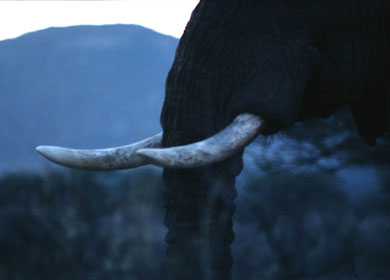


| Welcome |
|---|
| Martyn's Page; |
|
|
 "Every day it becomes more clear that the stakeholder approach to natural resource management is fundamentally changing the way in which biodiversity is conserved.
"Every day it becomes more clear that the stakeholder approach to natural resource management is fundamentally changing the way in which biodiversity is conserved.
As the human-Earth relationship moves from a growth phase with unlimited natural resources to an equilibrium phase with severe resource limitation, so competition strengthens between human groups and between humans and wildlife for those remaining vital resources. Left unmanaged, the system will generate increasingly catastrophic adjustments.
Participatory mechanisms have emerged as a powerful means by which separate parties can meet, inform one-another, negotiate and find common solutions to environmental threats and conservation challenges.
Certainly, wider participation in conservation is to be welcomed for bringing greater accountability and transparency to decision-making, and for directing attention to human welfare and gender issues, but critically it also provides a means by which really high quality conservation and sustainable management can be accomplished. Today, we find that conflicts between wildlife and people are becoming evermore severe and it is clear that the future of biodiversity in all parts of the world depends on the success of this new partnership approach.
This is what we call participatory conservation. It is an expression we use to describe all of the ways local people, visitors, government and non-government organisations, and multi-national institutions, can have a stake in and derive value from the conservation and sustainable management of natural resources... as well as describing our strategic direction in an increasingly networked society."
Director and Chief Executive Officer